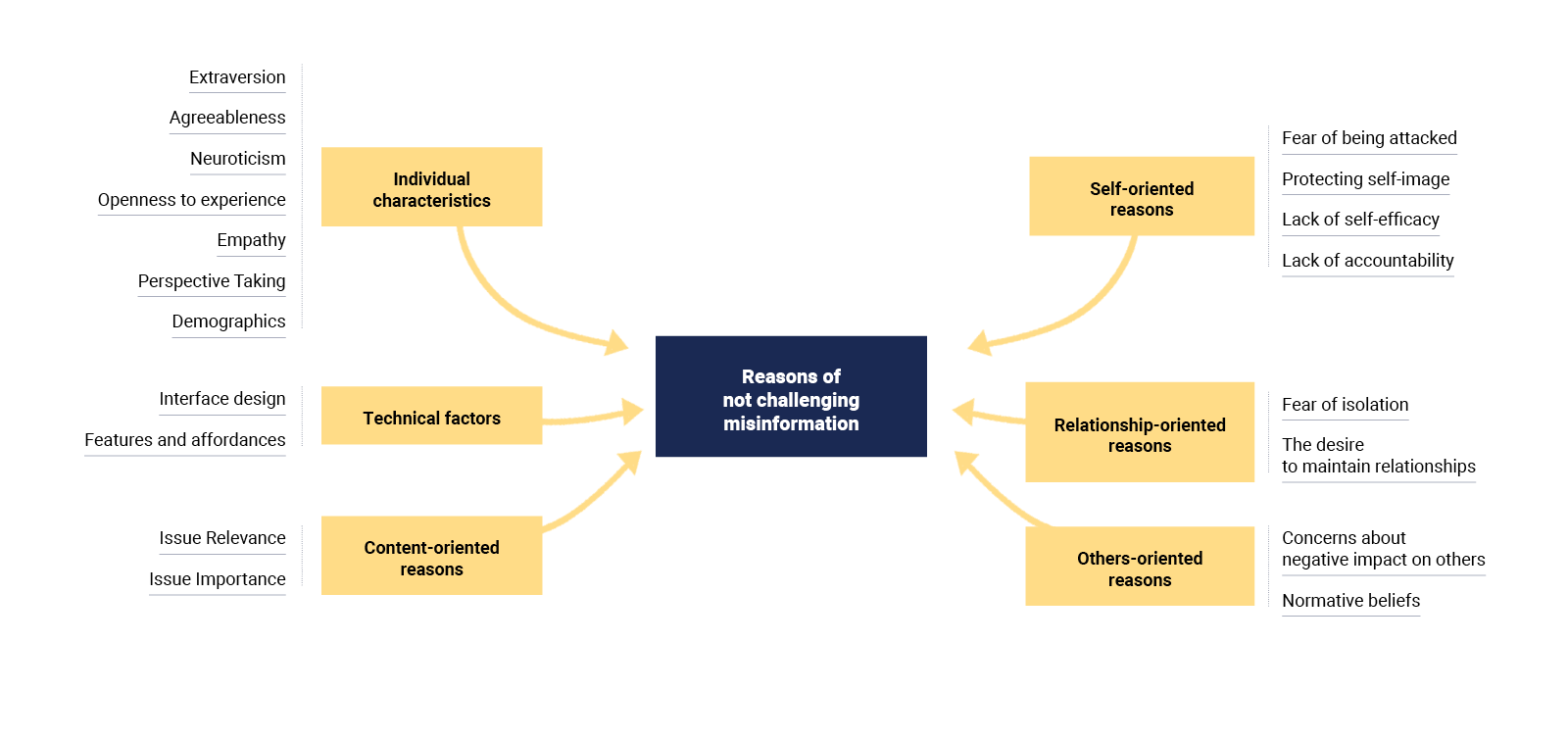How much humility would take for you to order all your guillotines to stop? So many efforts you have put to set this bloody operation going that now it's hard to even think of turning it on hold. Yes, results are outstanding, you've taken care of everything indeed, you even have been kinda generous towards the sentenced for among all the types of executions you chose the most humane. The job gets done in seconds and with those "bastards" no more spoiling the party, the world you hope becomes a better place. In sounds of clanging blades you stand and look around The Justice Square... Behold what you have made.
Of course, the longest line is made of politicians, the traffic drivers are standing right behind and you could see bad parents, cheaters, terrorists, door dealers, lawyers and many others when you stand up on your toes. And yet at least for once you must had thinking: how many guillotines you'll need? It cannot be they haven't heard about your dreadful fame already but why oh why the line of guilties never ends?
If you would find yourself in a completely darkened room, trying to locate a switch, and let's imagine also that you would be allergic to some color, blue. What would have happened when you find the switch and turn it on, the room gets lightened but the bulb... is painted blue. Every single thing the room contains and all of them at once instantly would make you sick and hateful - the walls, the chairs, the table - slowly blending into a giant blueish nightmare forcing you to fall down on all fours. But if we would replace the bulb and light the room again, would you be not surprised to see that literally nothing in the room was blue?
Any pattern situation, when you face the same emotions despite the fact that scenery is not the same, is a potential siren call which when combined inevitably lead you to an extraordinary question: what if the source of all you see is placed in nowhere but within? What if you're occupying not the viewer's chair in movie theater but in the projecting room instead? What if your eyes are not receivers but transmitters of the signal? Would this explain the cause of all psychosomatic symptoms in your body that you feel when looking at their "sins"? What is the point beheading further when you are ready to recall: the only damaged neck has always been but yours.
This ... course ... is concerned only with Atonement, or the correction of perception. The means of the Atonement is forgiveness. C-in.1
Forgiveness, salvation, Atonement, true perception, all are one. C-4.3
Forgiveness is the central theme that runs throughout salvation, holding all its parts in meaningful relations, the course it runs directed, and its outcome sure. W-169.12
Forgiveness is the only function here, and serves to bring the joy this world denies T-26.7.8
Be merciful today. The Son of God deserves your mercy. W-192.9
No one who learns to forgive can fail to remember God. Forgiveness, then, is all that need be taught, because it is all that need be learned. All blocks to the remembrance of God are forms of unforgiveness, and nothing else. P-2.2.3
The way to God is through forgiveness here. There is no other way. W-256.1

